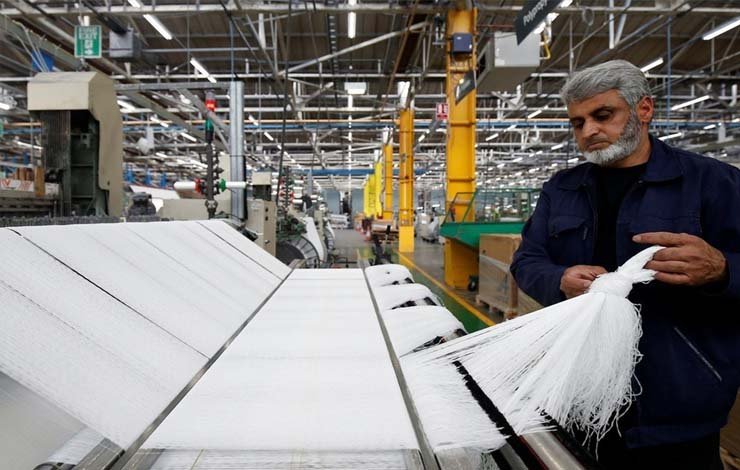ISLAMABAD: The federal government has prepared the draft of Textile and Apparel Policy for the next five years, aiming to boost value-added exports with a projection of $20 billion for the fiscal year 2021-2022.
The draft of Textile and Apparel Policy 2020-25 has been prepared by the federal government which aims to achieve the textile-related export targets of $20 billion for FY22, $25 billion for FY23, $31 billion for FY24 and $40 billion for FY25.
Under the new policy, the authorities concerned have envisaged a plan to ensure an uninterrupted supply of energy to the related industrial units. It has also been decided to plan consultative sessions annually to review the energy prices of regional competitors.
It was learnt that the Long Term Financing Facility (LTFF) and Export Finance Scheme (EFS) will be continued at 5 per cent and 3 per cent respectively during the current fiscal year 2021-22. It added the inclusion of textiles and apparel machinery, spare parts, accessories, and dyes and chemicals in the LTFF schemes of the State Bank of Pakistan (SBP).
The federal government has planned to cope with the major challenges including the restoration of the profitability of cotton farmers and product diversification.
It has been decided to increase per acre yield via introducing the latest seed technology, whereas, the product diversification will be made through bringing improvement in fibre-mix and concentration on MMF (artificial or synthetic).
The trade disputes between supplies and buyers will be addressed by the Ministry of Commerce by strengthening the country’s Trade Dispute Resolution Organization (TDRO). Moreover, the government will establish an online portal to register trade-related complaints.
The role of textile associations will be further strengthened by the commerce ministry to provide awareness to industry and promote technology upgradation and product diversification.
It is important to mention here that the Economic Coordination Committee of the federal cabinet had approved the draft five-year policy on textile and apparel on December 16. The committee had directed the commerce ministry to incorporate inputs of the Federal Board of Revenue (FBR), Finance Division besides meeting the observations of the Power Division.

